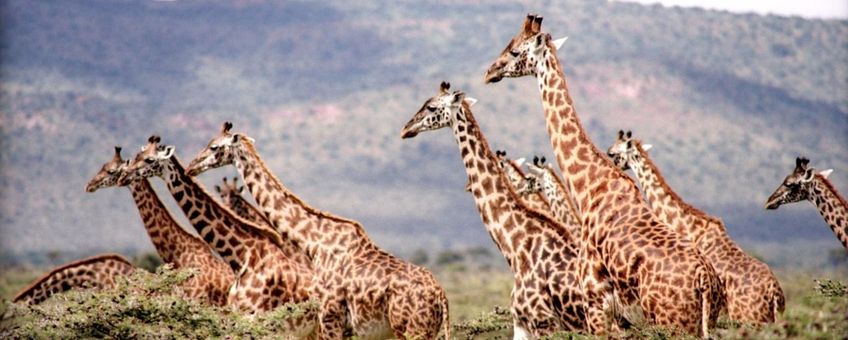
Understanding animal social networks can aid wildlife conservation
IGB BerlinHowever, whereas the contribution of behavioural biology to conservation is already well recognized, the usefulness of animal social network analysis as a conservation tool has not yet been addressed. A group of behavioural ecologists led by Lysanne Snijders from the Leibniz-Institute of Freshwater Ecology and Inland Fisheries (IGB) outlines how the understanding of relationships between animals could be applied by wildlife managers and conservationists to support their work in disease management, breeding programs, reintroductions or relocations, or for controlling problem behaviours – to name just a few.
Animal social network studies examine how the individuals of a population are socially connected, how they interact and associate. Knowledge of the social structure can help to identify the flow of information or the spread of disease, and has potential to be used as an indicator of upcoming population changes. Information of that kind would be less – or not at all – noticeable using methods purely based on population size or the observation of single individuals.
Dr Lysanne Snijders, Post Doctoral Researcher at the Department of Biology and Ecology of Fishes at IGB, describes this approach with the help of Aristotle: “The whole is greater than the sum of its parts. Combined effects of social interactions in wildlife populations do not only have important theoretical but also practical implications. Linking animal social network theory to practice can therefore stimulate the design of new practical conservation tools and generate novel insights into how animal social networks change over time.”

An example from real wildlife
For many species, it is not just diseases that can spread rapidly. Social information can also be transmitted via various routes within a group, for instance, innovative ways to search for food. In the case of the California sea lion, novel foraging strategies have led to conflict with a fishery conservation scheme. The sea lions had discovered that salmonids migrating upriver became more concentrated at a dam, making them easy prey. Unfortunately, those salmonids were endangered species. A recent study showed that knowledge of the network structure could have helped wildlife managers to detect that at first it was only a few successful individuals who 'recruited' the others, and that the selective removal of these information spreaders could have contained the problem. In this case social network analysis could therefore have assisted in protecting the endangered salmonids while culling fewer sea lions.
Snijders also suggests a possible example for how animal social network analysis could be used in conservation work in Europe: “In cases of a recently reintroduced group living animals, such as the European bison, social network analyses could give insights into how a population’s long-term persistence might vary with particular behavioural processes within the group. But also into how group and individual movements might be effectively manipulated to avoid human-wildlife conflicts such as entering restricted areas like farm land.”

Perspectives for implementation
In a field in which funds and time are limited, any newly suggested approach should have a distinct added value. Not every conservation challenge that is linked to a species’ social behaviour will require a social network approach to address it. The scientists also acknowledge that their proposal has to overcome another important hurdle first: before applying the knowledge of social relationships to management practices, it should become feasible and cost-effective to collect the required data in the first place. But with technological options becoming more common and affordable, an animal social network analysis approach could increasingly become an option.
There are several methods out there that have been successfully applied to map wildlife social networks, ranging from sampling individuals at fixed locations, to walking transects, to automatically spatially tracking the animals. Rapid advancements in technology, like proximity loggers and GPS tags, allow for ever smaller animal species to be tracked, while at the same time becoming more affordable. In addition, collaborations between research institutes and conservationists might provide opportunities for sharing the costs or the technology.
This 'Opinion' article has been published in the scientific journal Trends in Ecology and Evolution.
Text: IGB-Berlin
Photos: Pixabay; Elsevier
